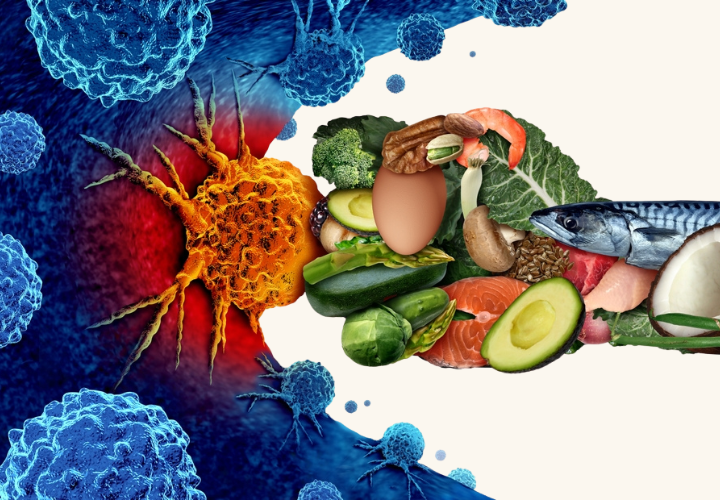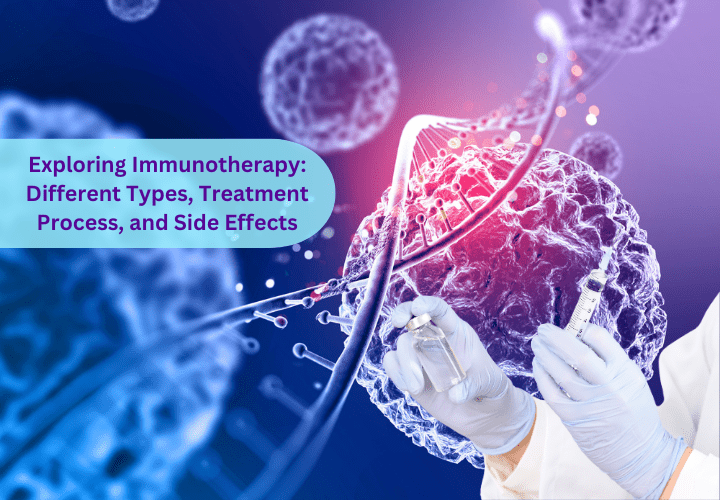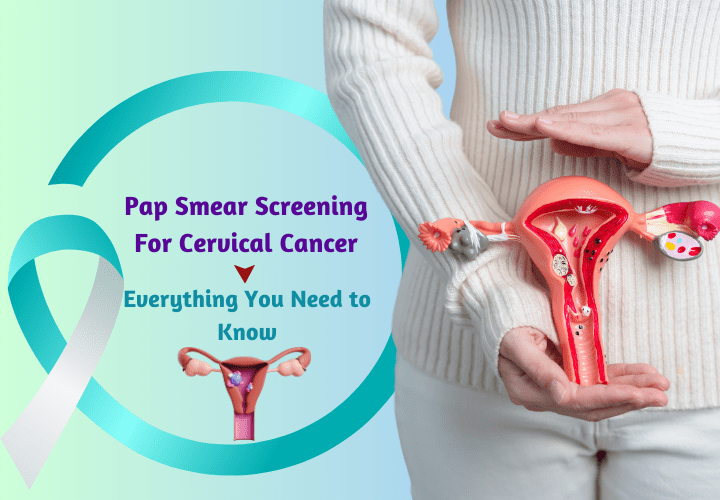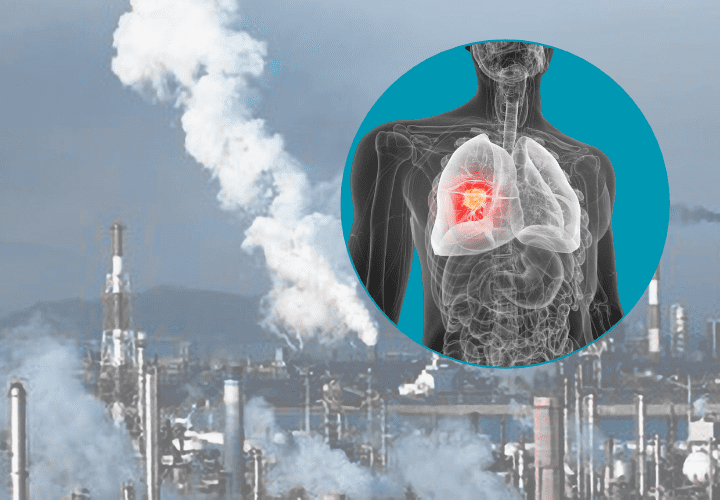AN INTRODUCTORY GUIDE TO CANCER

AN INTRODUCTORY GUIDE TO CANCER
- onco
- January 12, 2024
India witnesses’ approximately 1,200.000 new cancer cases each year, according to the latest projections that people will develop some form of cancer during their lifetime.
What is cancer?
According to the NCI: cancer is a disease in which some of the body’s cells grow uncontrollably and spread to other parts of the body. Cancer can start almost anywhere in the human body, which is made up of trillions of cells. Normally, human cells grow and multiply to form new cells as the body needs them. When cells grow old or become damaged, they die, and new cells take their place.
Sometimes this orderly process breaks down, and abnormal or damaged cells grow and multiply when they shouldn’t. These cells may form tumors, which are lumps of tissue. Tumors can be cancerous or not cancerous (benign).
Cancerous tumors spread into, or invade, nearby tissues and can travel to distant places in the body to form new tumors (a process called metastasis).
Cancerous tumors may also be called malignant tumors. Many cancers form solid tumors, but cancers of the body, such as leukemia, generally do not.
Benign tumors do not spread into or invade nearby tissues; when removed, benign tumors usually don’t grow back, whereas cancerous tumors sometimes do. Benign tumors can sometimes be quite large, however, and some can cause serious symptoms or be life-threatening, such as benign tumors in the brain.
Differences between cancer cells and normal cells: Grow in the absence of signals telling them to grow. Normal cells only grow when they receive such signals.
* Ignore signals that normally tell cells to stop dividing or to die.
* Hide from the immune system. The immune system normally eliminates damaged or abnormal cells.
Many times, cancer cells rely so heavily on these abnormal behaviors that they can’t survive without them.
For example, some cancer therapies prevent blood vessels from growing toward tumors, essentially starving the tumor of needed nutrients.
How does cancer develop?
Cancer is a genetic disease that is caused by changes to genes that control the way our cells function, especially how they grow and divide.
* Genetic changes that cause cancer can happen because of errors that occur as cells divide.
* They were inherited from our parents.
* DNA damage is caused by harmful substances in the environment, such as the chemicals in tobacco smoke and ultraviolet rays from the sun.
The body normally eliminates cells with damaged DNA before they turn cancerous; each person with cancer treatment has a unique combination of genetic changes. As the cancer continues to grow, additional changes will occur. Even within the same tumor, different cells may have different genetic changes.
Types of Genes That Cause Cancer:
The genetic changes that contribute to cancer tend to affect three main types of genes: proto-oncogenes.
Tumor suppressor genes and DNA repair genes—these changes are sometimes called drivers of cancer.
Proto-oncogenes are involved in normal cell growth and division. However, when these genes are altered in certain ways or are more active than normal, they may become cancer genes, allowing cells to grow and survive when they should not.
Tumor suppressor genes are also involved in controlling cell growth and division; cells with certain alterations in tumor suppressor genes may divide in an uncontrolled manner.
DNA repair genes are involved in fixing damaged DNA. Cells with mutations in these genes tend to develop additional mutations in other genes and changes in their chromosomes.
Such as duplications and detection of chromosome parts, together these mutations may cause the cells to become cancerous.
When cancer spreads:
Cancer that has spread from the place where it first formed to another place in the body is called metastatic cancer. The process by which cancer cells spread to other parts of the body is called metastasis.
Tissue changes that are not cancer:
Not every change in the body’s tissues is cancer. Some tissue changes may develop into cancer if they are not treated, however. Here are some examples of tissue changes that are not cancer but, in some cases, are monitored because they could become cancer:
1: HYPERPLASIA: This occurs when cells within a tissue multiply faster than normal and extra cells build up.
2: DYSPLASIA: This is a more advanced condition than hyperplasia.
3: CARCINOMA IN SITU: In an even greater way, although it is sometimes called stage 0 cancer because the abnormal cells do not advance the condition,.
They invade nearby tissue the way that cancer cells do, but because some carcinomas in situ may become cancer, they are usually treated.
Read More: Ductal Carcinoma In Situ (DCIS) Of Your Breast
Types of cancer:
There are more than 100 types of cancer. Types of cancer are usually named for the organs or tissues where they form, for example.
Lung cancer starts in the lungs and brain; cancer may also be described by the type of cells that formed them, such as epithelial cells or squamous cells.
1: CARCINOMA: Carcinomas are the most common type of cancer. They are formed by epithelial cells, which are the cells that cover the inside and outside surfaces of the body.
2: SARCOMA: Sarcomas are cancers that form in bone and soft tissues, including muscle, fat, blood vessels, lymph vessels, and fibrous tissue such as tendons and ligaments.
3: LEUKEMIA: Cancer that begins in the blood-forming tissue of the bone marrow is called leukemia. There are four common types of leukemia, which are grouped based on how quickly the disease is worse (acute or chronic) and on the type of blood cell the cancer starts in (lymphoblastic or myeloid). Acute forms of leukemia grow quickly, and chronic forms grow more slowly.
4: LYMPHOMA: Lymphoma is a cancer that begins in lymphocytes (T cells or B cells). These are the fighting white blood cells that are part of the immune system. In lymphoma, abnormal lymphocytes build up in lymph nodes and lymph vessels, as well as in other organs of the body.
Read More Blog: Blood Cancer – Keep Calm and Fight On
The main two types of lymphoma are:
HODGKIN LYMPHOMA: People with this disease have abnormal lymphocytes that are called Reed-Sternberg cells; these cells usually form from B cells.
Non-Hodgkin Lymphoma: This is a large group of cancers that starts in lymphocytes. The cancer can grow quickly or slowly and can form from B cells or T cells.
Multiple Myeloma: Multiple myeloma is cancer that begins in plasma cells, another type of immune cell. abnormal plasma cells, another type of immune cell; the abnormal plasma cells are called myeloma cells; multiple myeloma is also called plasma cell myeloma; and Kahler disease.
Melanoma is a cancer that begins in cells that become melanocytes, which are specialized cells that make melanin (the pigment that gives skin its color). Most melanomas form on the skin, but melanomas can also form in other pigmented tissues, such as the eye.
Brain and spinal cord tumors
There are different types of brain and spinal cord tumors. These tumors are named based on the type of cell in which they formed and where the tumor first formed in the central nervous system. For example, an astrocytic tumor begins in star-shaped brain cells called astrocytes, which help keep nerve cells healthy. Brain tumors can be benign (not cancer) or malignant (cancer).
Read More Blog: Brain Stroke: Warning Signs, Symptoms, and Prevention
Other types of tumors
Germ cell tumors
Germ cell tumors are a type of tumor that begins in the cells that give rise to sperm or eggs. These tumors can occur almost anywhere in the body and can be either benign or malignant.
Neuroendocrine Tumors
Neuroendocrine tumors form from cells that release hormones into the blood in response to a signal from the nervous system. These tumors, which may produce higher-than-normal amounts of hormones, can cause many different symptoms. Neuroendocrine tumors may be benign or malignant.
Carcinoid Tumors
Carcinoid tumors are a type of neuroendocrine tumor. They are slow-growing tumors that are usually found in the gastrointestinal system (most often in the rectum and small intestine). Carcinoid tumors may spread to the liver or other sites in the body, and they may secrete substances such as serotonin or prostaglandins, causing carcinoid syndrome.
Recent Posts
-
Pap Smear Screening for Cervical Cancer: Everything You Need to Know
February 26, 2025
-
How Air Pollution Increases the Risk of Lung Cancer: A Growing Concern
February 18, 2025





Leave a Reply